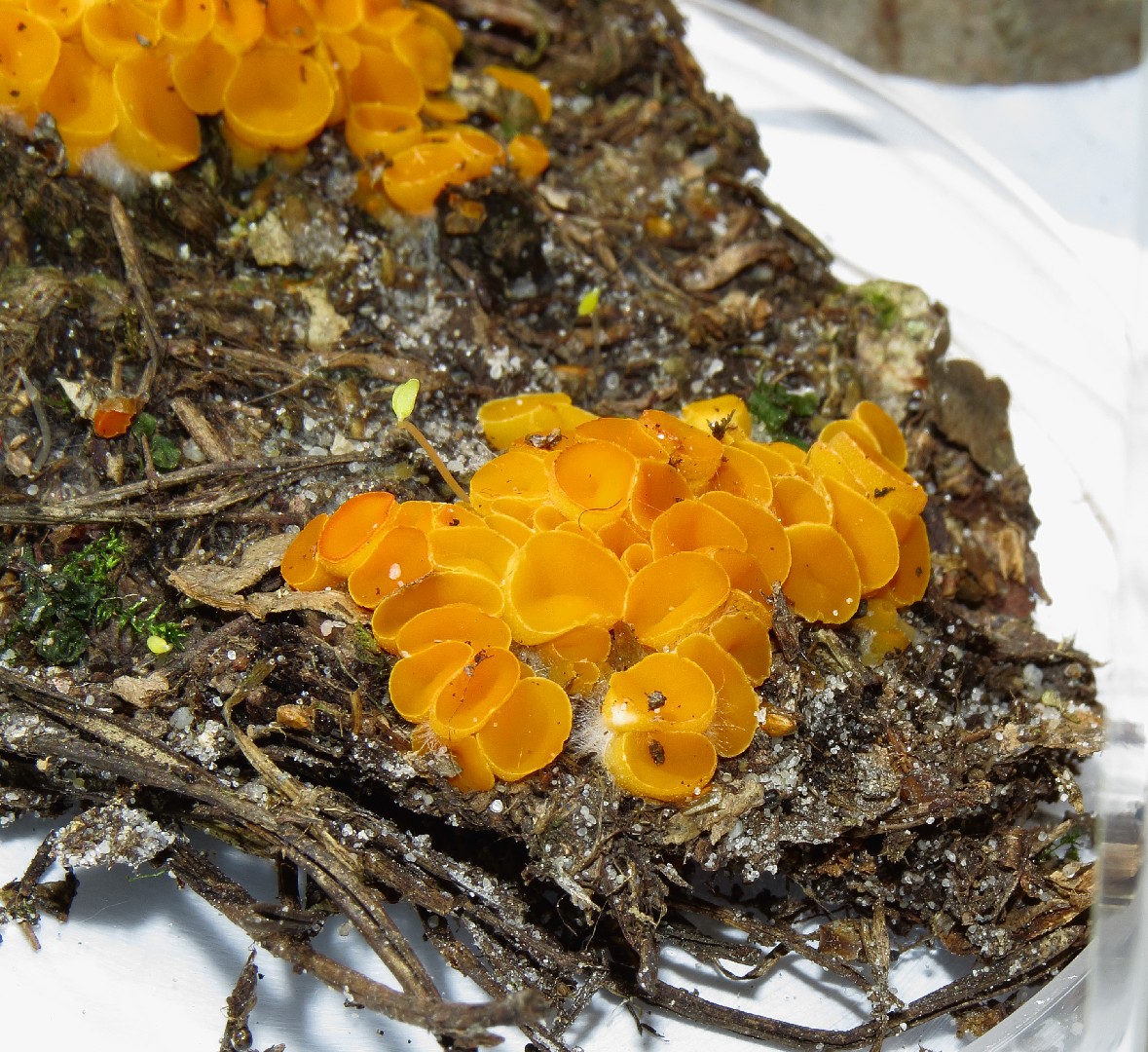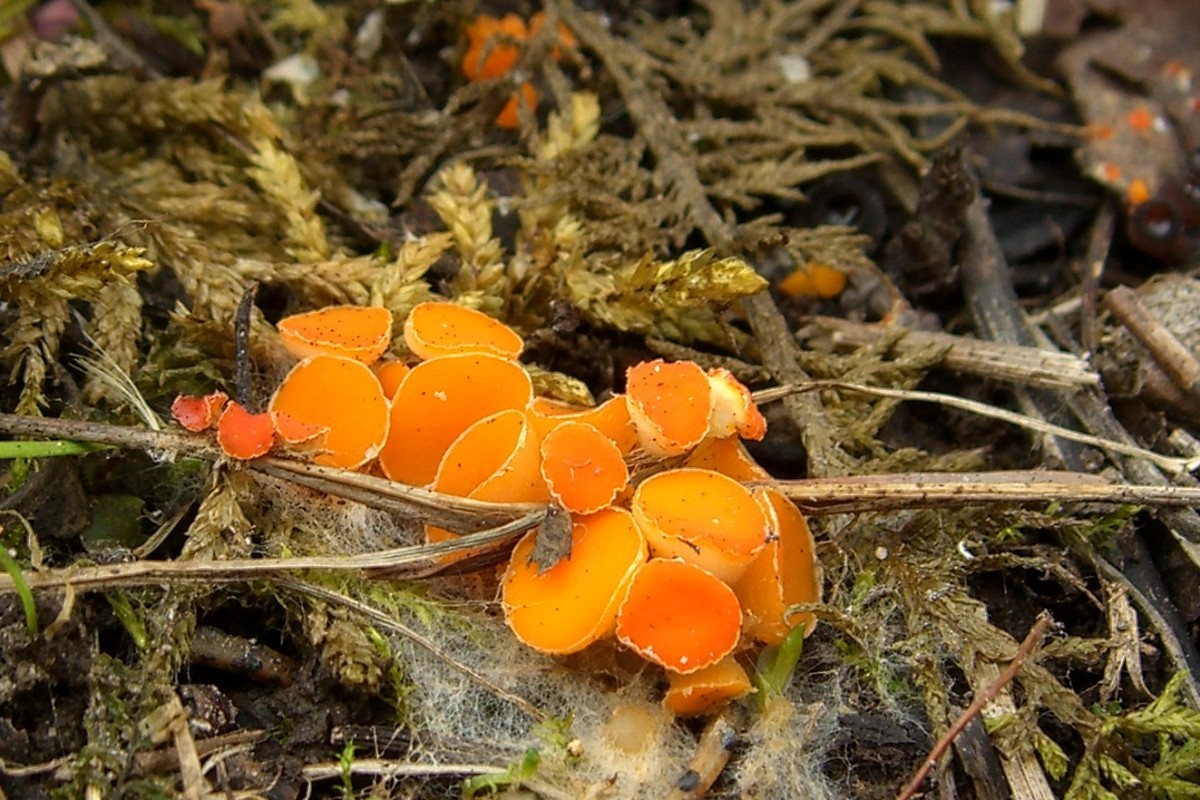Byssonectria
Scientific name: Byssonectria
Byssonectria
Scientific name: Byssonectria
 Photo By Аимаина хикари , used under CC0 /Cropped and compressed from original
Photo By Аимаина хикари , used under CC0 /Cropped and compressed from original Description
Byssonectria are unique fungi known for their ability to fruit on dung or extremely decayed plant material. They often produce small, cup-shaped fruiting bodies that are vividly colored, ranging from orange to red. Despite their tiny size, these fungi play a crucial role in breaking down tough organic matter, contributing significantly to nutrient cycling in their ecosystems. Their presence often indicates a healthy, decomposer-rich environment.
